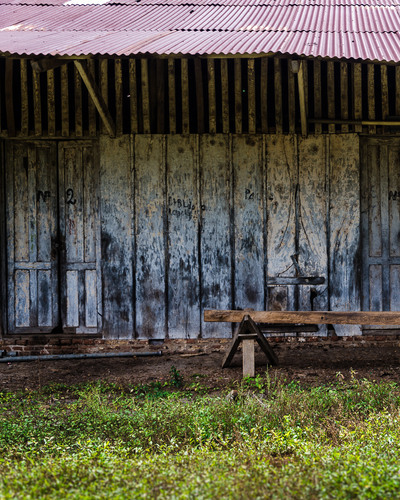HISTORY
Balsam of Peru (M. Pereira) is native to Central America farther north. Balsam of Peru was named such because it was originally assembled and shipped to Europe from the ports of Callao and Lima, Peru, but the species is not indigenous to Peru. The indigenous use of Balsam of Peru led to its export to Europe in the seventeenth century, where it was first documented in the German Pharmacopeia. It was used as an antibacterial, antifungal, and anti-parasitic agent in cases of scabies, ringworm, lice, superficial ulcerations, wounds, bedsores, and chilblains. Balsam of Peru has been in the U.S. Pharmacopeia since 1820, with documented uses for bronchitis, laryngitis, dysmenorrheal, diarrhea, dysentery, and leucorrhea.
Today, El Salvador is the main exporter of balsam of Peru. The indigenous tribes of Mexico and Central America use the leaves and fruit of M. Pereira for asthma, colds and flu, rheumatism, and external wounds. The Choco Indians use the powdered bark as an underarm deodorant. The sap has documented indigenous uses for colds and lung ailments, and Amazon rainforest tribes have employed it for abscesses, asthma, bronchitis, catarrh, headache, rheumatism, sores, sprains, tuberculosis, venereal diseases, and wounds.
